11 Sep –
17 Oct 2020
Philippe Parreno
Manifestations
11 Sep –
17 Oct 2020
Ugo Rondinone
nuns + monks
Philippe Parreno
Manifestations
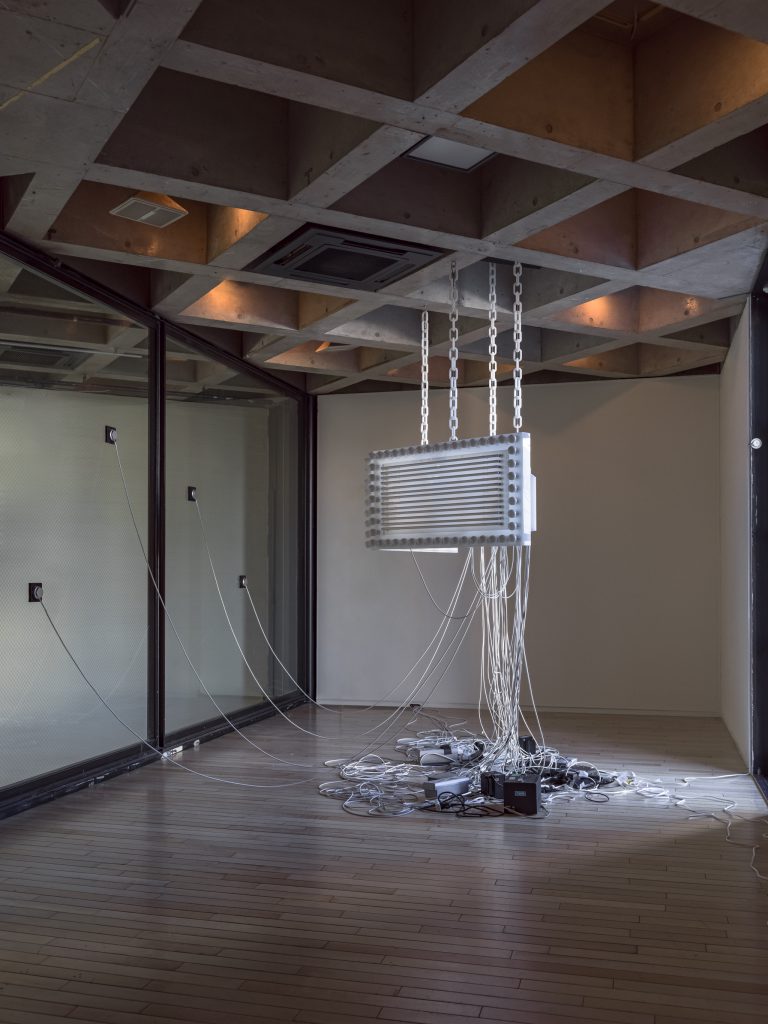
Philippe Parreno, Marquee, 2016. Exhibition view :Philippe Parreno, A Manifestation of Objects, WATARI-UM, The Watari Museum of Contemporary Art, Tokyo, 2019 – 2020. Courtesy the artist and Esther Schipper, Berlin. Photo © Yasushi Ichikawa
“The exhibition is a space being: you have a space, a program, a script, and then things happen. ”
Philippe Parreno
Manifestations is Philippe Parreno’s eighth solo exhibition with Esther Schipper. It includes works spanning various media: a granular soundtrack, a CGI film, atmospheric sensors, robotic systems, computer code, ice and water.
The exhibition connects “things” that, a priori, had nothing to do with one another; “things” that allow themselves to be summoned by repetitions, synchronicities, signals, or singularities.
Parreno creates events that respond to unfinished existences, lesser existences that need to be amplified and made more real. French philosopher Etienne Souriau (1892-1979) uses the beautiful term L’instauration to define the process. L’instauration is forever, indeterminate and uncertain. Manifestations of devices such as these whether a sound, an object, a situation or a landscape allows each to achieve “full radiance of reality” in scenes that are constantly replayed because they lack finality.
They all manifest themselves in a regime of alternating presence and absence, appearance and disappearance, a system of pulsations, fragments, fleeting flashes, intermittences; which, according to French philosopher Bruno Latour, all suggest the occult.
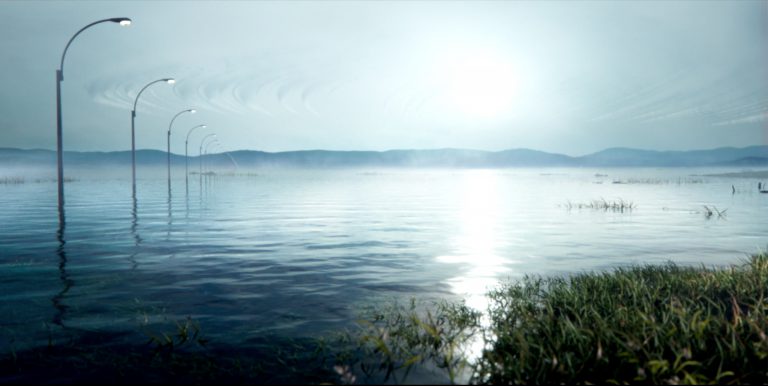
Philippe Parreno, The Owl in Daylight, 2020. Courtesy the artist and Esther Schipper, Berlin. Film stills © Philippe Parreno
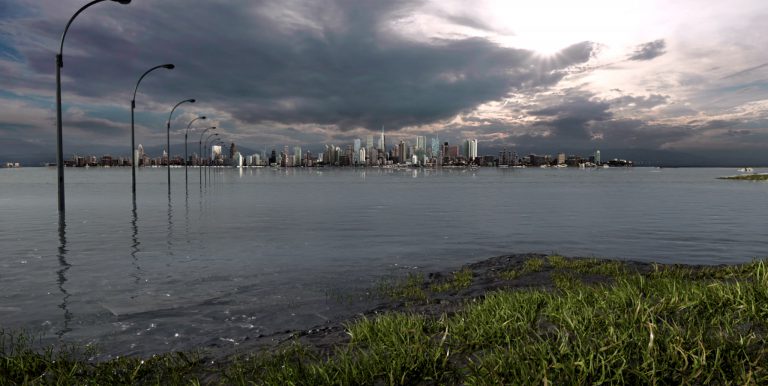
Philippe Parreno, The Owl in Daylight, 2020. Courtesy the artist and Esther Schipper, Berlin. Film stills © Philippe Parreno
Parreno transforms his exhibition into a sympoïetic system, an exhibition produced collectively by the ajar assembly of objects. Every element of the exhibition has been conceived to be connected to one another, to look at, perceive, or see one another. This assemblage of objects constitutes an automaton that manifests itself in unpredictable ways. This Gamelan-like exhibition is not an orchestra made up of different instruments, but an instrument made up of different objects.
A Marquee in the centre of the space “sees” its surroundings and its own reflection in the mirror. Parreno’s Marquees do not produce music, but musical anagrams. Like the creatures invented by Stéphane Mallarmé — the Ptyx — , an object that exists only because it’s pleasing to the ear. Mallarmé describes the Ptyx as “Aboli bibelot d’inanité sonore” [“Abolished trinket of sonorous inanity”].
The Owl in Daylight (2020), a new film, is a CGI sequence of a landscape. It is an animated film without events, nothing happens, only time. Atmospheric sensors placed in the exhibition space create light changes within the image itself. The diegetic reality of the film hesitates, stutters and stabilizes at given moments throughout its sequence.
Iceman in Reality Park (1995-2019) is another work in the exhibition, a manifestation originally created for the 1995 group show Ripple Across the Water in Tokyo. The work reappears twenty-five years later. The ice sculpture of a snowman is displayed on a plinth and melts over the course of a few days. It leaves behind the stones that were once embedded in the ice. The amplified sound of dripping water echoes throughout the exhibition space. The cycle of melting ice defines and completes this series of manifestations on October 17, 2020.
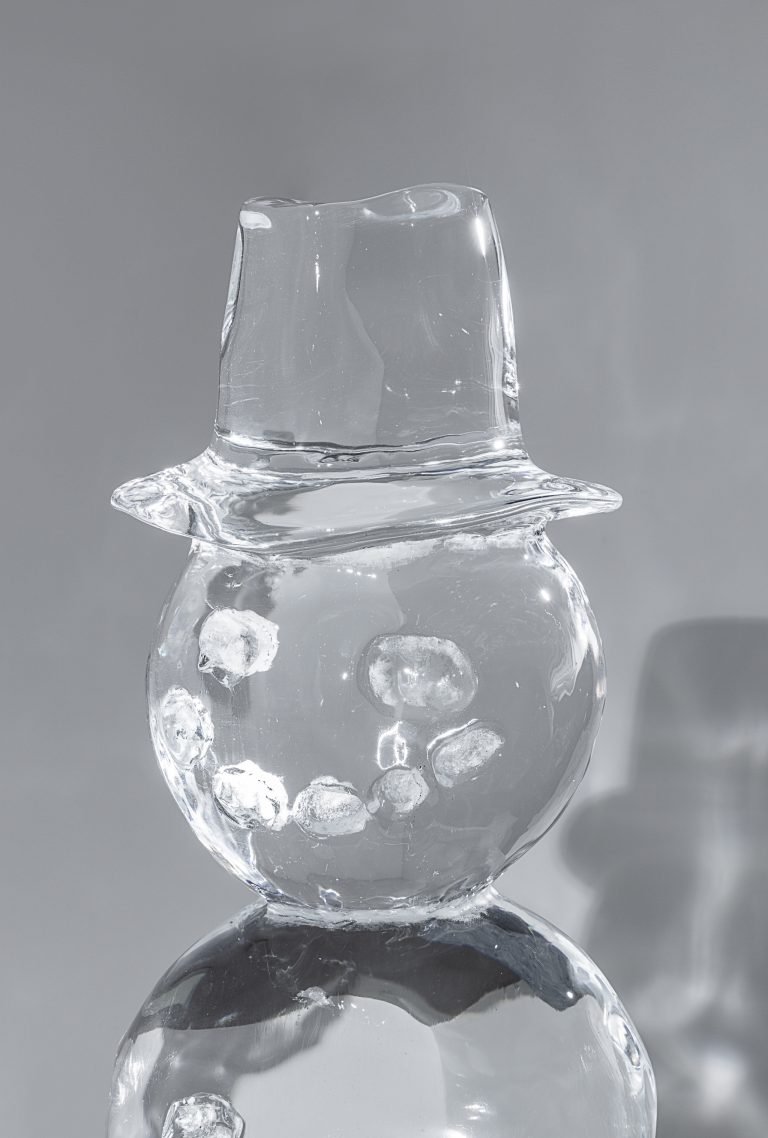
Philippe Parreno, Iceman in Reality Park, 1995–2019 (detail). Courtesy the artist and Esther Schipper, Berlin. Photo © Andrea Rossetti
“As long as it is understood that the riddle has little to do with mystery… Always waiting to be unveiled, riddles do not need to be elucidated but require a certain kind of attention, a fleeting attention .”
Philippe Parreno
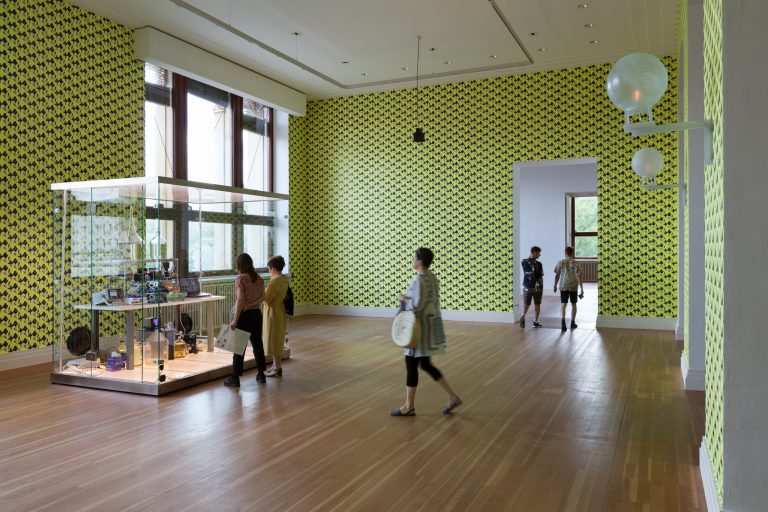
Exhibition view: Philippe Parreno, Gropius Bau, Berlin, 2018. Courtesy the artist and Esther Schipper, Berlin. Photo © Andrea Rossetti
Philippe Parreno studied at École des Beaux-Arts in Grenoble, and Institut des hautes études en arts plastiques at Palais de Tokyo, Paris. He lives and works in Paris, France.
Parreno has exhibited extensively. Selected recent solo exhibitions include: A Manifestation of Objects, WATARI-UM, Tokyo (2019-20); Elsewhen , Espace Louis Vuitton Venezia, Venice (2019); Philippe Parreno, Gropius Bau, Berlin (2018); Two Automatons for One Duet, The Art Institute, Chicago (2018); La Levadura y El Anfitrión (The Yeast and The Host), Museo Jumex, Mexico City (2017); Synchronicity, Rockbund Art Museum, Shanghai (2017); A Time Coloured Space, The Serralves Museum of Contemporary Art, Porto (2017); Thenabouts, ACMI – Australian Centre for the Moving Image, Melbourne (2016-17); Anywhen , Hyundai Commission 2016, Turbine Hall, Tate Modern, London (2016-17); H {N)Y P N(Y} OSIS , Park Avenue Armory, New York (2015); Hypothesis , Pirelli HangarBicocca, Milan (2015); How Can We Tell the Dancers from the Dance , Schinkel Pavillon, Berlin (2014); Anywhere, Anywhere Out of The World , Palais de Tokyo, Paris (2013); Philippe Parreno , Fondation Beyeler, Riehen/Basel (2012), and Philippe Parreno , Serpentine Gallery, London (2010).
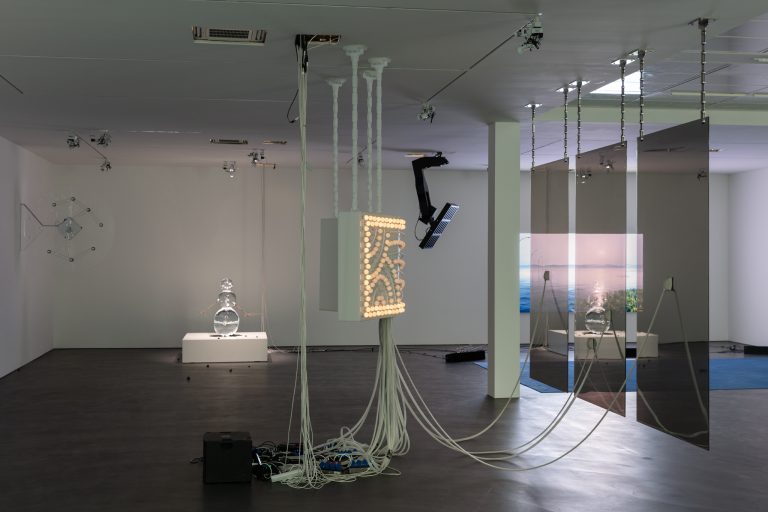
Exhibition view: Philippe Parreno, Manifestations, Esther Schipper, Berlin, 2020. Courtesy the artist and Esther Schipper, Berlin. Photo © Andrea Rossetti
Philippe Parreno at Gropius Bau, Berlin
Berlin Art Link, 2018 (Video by MONA productions for Berliner Festspiele)
Ugo Rondinone
nuns + monks
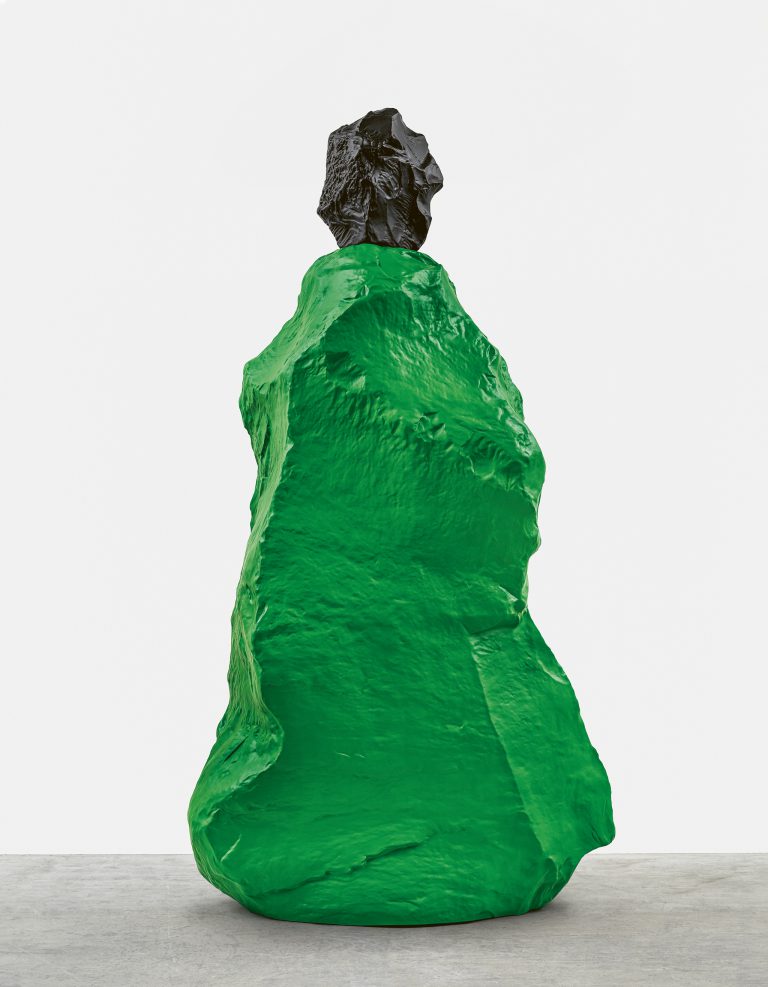
nuns + monks, an exhibition of new sculptures by Ugo Rondinone will open at Esther Schipper, Berlin on September 11 and remain on view through October 17, 2020.
Stones have been a presence and recurring material and symbol in Ugo Rondinone’s art. They are the subjects of the stone figures that he began with the monumental Human Nature installation at the Rockefeller Plaza in 2013 followed by Seven Magic Mountains in the Nevada Desert in 2016. Both groups are the study and enjoyment of naturally formed stones as objects of beauty and contemplation, and in turn generate personal, meditative states of looking in which the boundaries between the outside world and internally visualized spaces break down. In doing so, Rondinone makes sculptures of what it means and feels like to see, whether this is understood to be a physical or metaphysical phenomenon.
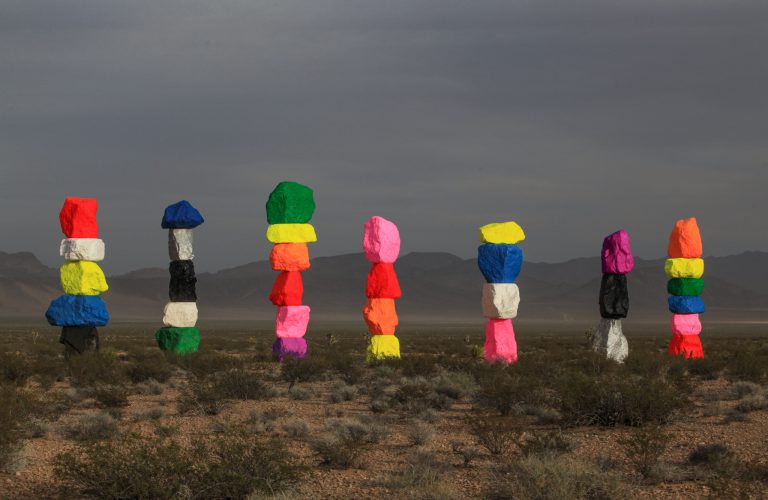
Ugo Rondinone, Seven Magic Mountains, Exhibition view: Art Production Fund & Nevada Museum of Art, Desert South of Las Vegas, 2016 – 2021, Courtesy: the artist and Esther Schipper, Berlin, Photo © Gianfranco Gorgoni
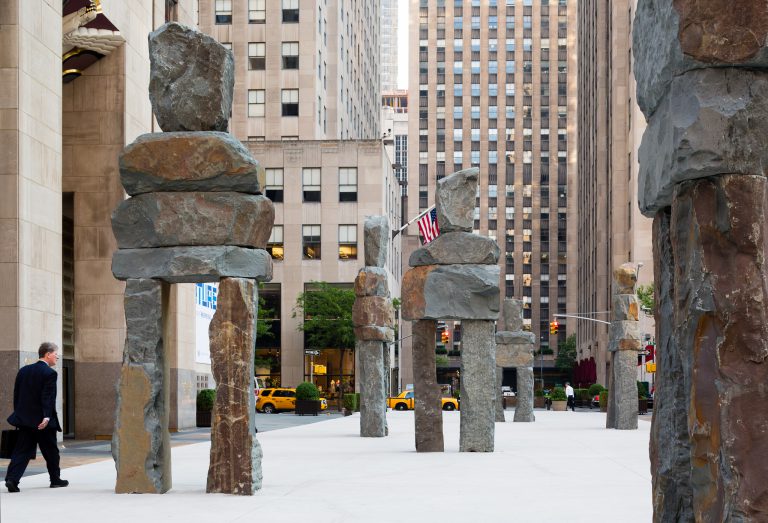
Ugo Rondinone, human nature, Exhibition view, Public Art Fund, Rockefeller Plaza New York, 2013, Courtesy: the artist and Esther Schipper, Berlin, Photo by James Ewing
nuns + monks will continue to address the dual reflection between the inner self and the natural world. Just as the external world one sees is inseparable from the internal structures of oneself, nuns + monks allows such layers of signification to come in and out of focus, prompting the viewer to revel in the pure sensory experience of color, form and mass while simultaneously engender in an altogether contemporary version of the sublime.
On this occasion, Rondinone’s nuns + monks will be on view September and October in a space adjacent to the gallery. Concurrently Galerie Eva Presenhuber, Zurich and Gavin Brown’s enterprise, Rome will also present sculptures from the same body of work. A fully illustrated catalogue will be produced for the three exhibitions.
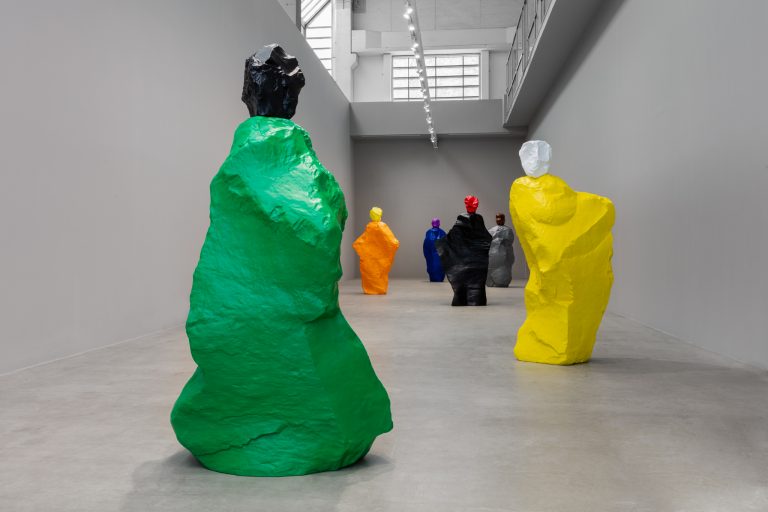
Exhibition view: Ugo Rondinone, nuns + monks, Esther Schipper, Berlin, 2020. Courtesy the artist and Esther Schipper, Berlin- Photo © Andrea Rossetti
